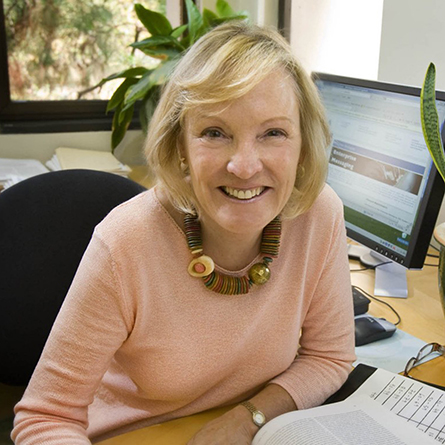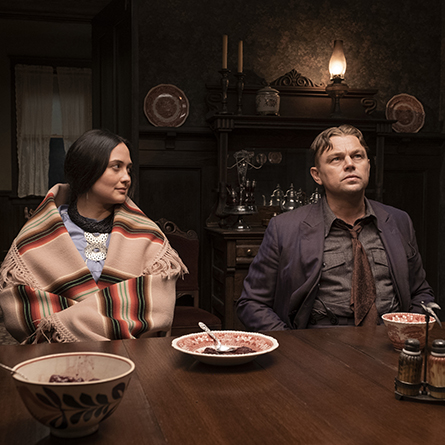
According to David Rubin '85, an excellent design can bring people together
As a partner at OLIN, a Philadelphia landscape architecture firm, David Rubin ’85 has been behind some of the studio’s innovative and award-winning projects.
The firm famously transformed New York City’s Bryant Park from a drug haven to a place the New York Times called, “one of the best urban spaces,” and last year they were the recipients of the Smithsonian’s Cooper-Hewitt National Design Award for Landscape Design.
As ambitious as their projects may be, their mission is simple. Said Rubin, “The better the design, the more people want to be there.”
Rubin, who majored in fine art and art history at the College, returned to campus Dec. 10 as a visiting critic for a course taught by Eric Kramer, a fellow Harvard University School of Design graduate and a visiting instructor of art history and architectural studies. Rubin also gave a lecture to the campus community titled, “On Design and Sustainability.”
With one studio and a team of 60 employees, Rubin and OLIN strive to incorporate environmental, economic and social sustainability into their projects.
“My goal as a designer is to create a place where very different types of people can come together,” said Rubin. “Landscape is our most democratic environment and should be accessible to and supportive of everyone.”
Rubin’s projects can also improve an area economically. In well-designed public spaces, property rates have been proven to escalate based on public demand for use of that space.
Rubin is now designing Washington Canal Park in Washington, D.C. Once the home of a bus depot, this zero-energy park will revive the neighborhood while remaining environmentally sound – rain water runoff will be purified and recycled to irrigate the site. He is also renovating a 600-acre active limestone quarry in Texas and returning it to an accessible, productive landscape.
Rubin acknowledged that he loves coming back to Connecticut College and that his liberal arts education prepared him well, giving him “a broad horizon.”
“If I had been required to select my major on my first day of class and just study that major, I would not understand the breadth of the world,” Rubin said. “As a result of my liberal arts education, I am able to speak on a range of topics with a significant cross section of our society.”
Architectural studies major Marina Gluckman ’12, said the lecture helped her understand the experiences that Connecticut College alumni have and “broadened her knowledge” about potential paths she could follow after graduation.
After the lecture, Rubin caught up with former professors Tim McDowell and Barbara Zabel, and spoke with students and faculty members who lingered to discuss ideas and projects formulated in Kramer’s landscape studies class.
-Meredith Boyle ’13
December 21, 2009
